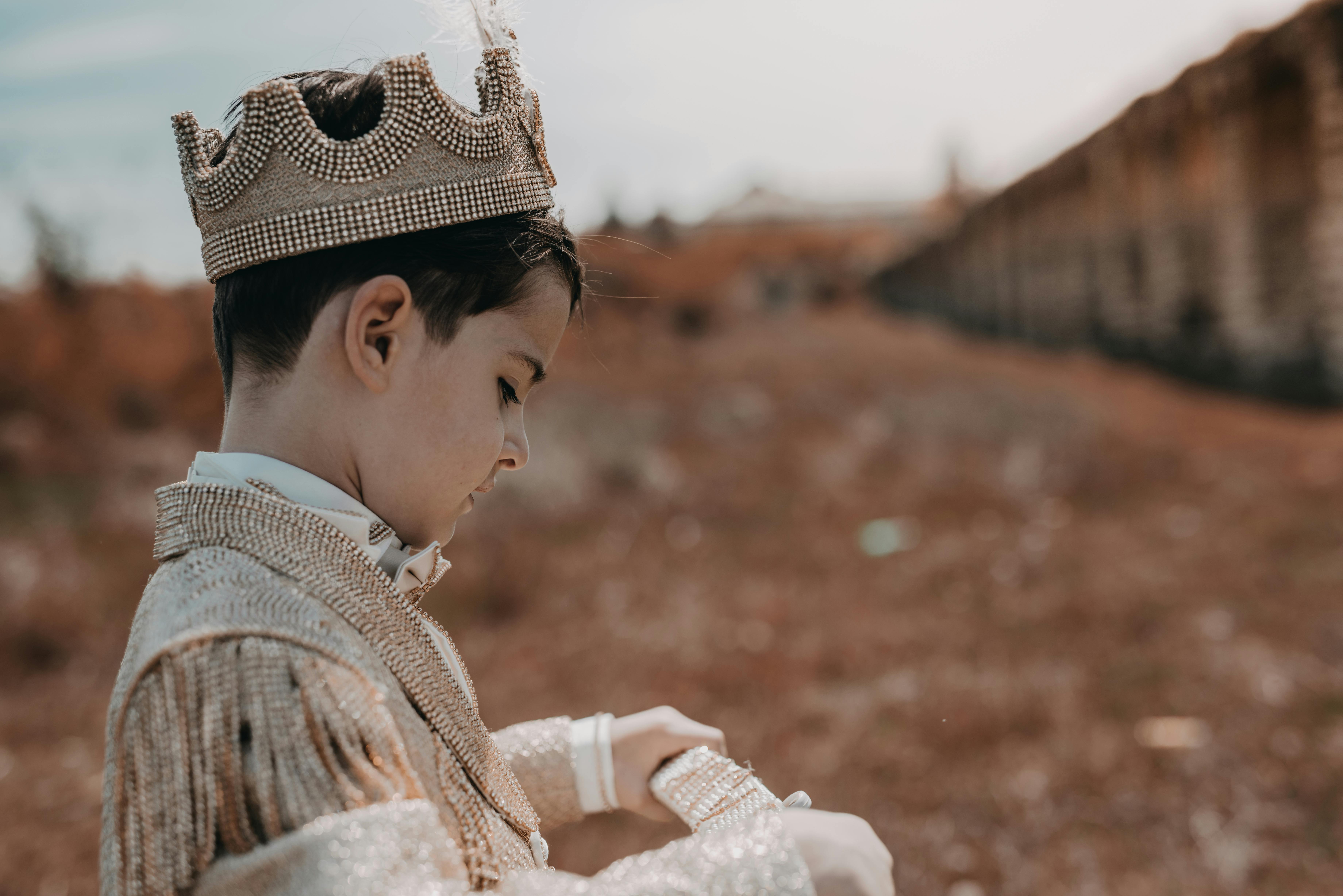We all know that the New Year is a time for celebration, a time to gather with family and friends to say goodbye to the troubles of the past and welcome the fortunes that lie ahead. But have you ever wondered why January 1 marks the beginning of the year? Have you ever thought why we celebrate the way we do?
New Year’s traditions and superstitions
There are a number of superstitious traditions that began many years ago and have lost their meaning today. Usually these traditions were enacted to influence one’s luck in the coming year. For example, the New Year’s Eve parties we all know and love began with the belief that what you did on the first day of the year could affect your luck. This is why the festivities go past midnight and into the new year and also why they involve so many family and friends.
When the clock strikes midnight it is common for us to kiss our loved ones and make a lot of noise to celebrate the start of a new year. While most of us just do this without really thinking about it, there is a superstitious reason behind it. Traditionally, people kissed to make sure the relationship lasted for the rest of the year, and they made a lot of noise because they thought it would scare away evil spirits.
New Year’s Day Story
The origins of New Year’s celebrations date back thousands of years. Around the year 2000 B.C. C., the Babylonians celebrated the new year during a period of 11 days. This period didn’t start on January 1 as you might expect, it actually started with the first new moon after the first day of spring (also known as the vernal equinox).
It was not until 153 a. C. that the Romans declared January as the beginning of the year. The month is named after Janus, the mythical god of beginnings. The calendar year became much closer to the one used today in the year 46 B.C. C. when Julius Caesar established the Julian Calendar. After consulting with an astronomer, he compared the calendar year with the movement of the sun and marked January 1 as the beginning of the new year.
New Years Resolutions
The popular tradition of making New Year’s resolutions also has its origins in ancient Babylon and Rome. The Babylonians usually returned agricultural equipment they had borrowed during the year, while in Caesar’s time, Janus became the symbol of resolutions because he had two faces that could look into the past and into the future.
Today we make New Year’s Resolutions to try to improve some aspect of ourselves in the coming year. Popular resolutions include quitting smoking, losing weight, and paying off debt. This sounds good, but the sad truth is that most of us break them long before the year is out. In fact, a recent study found that 22% of people give up on their resolution in the first week, and by the end of March, more than half of New Year’s resolvers have fallen off the wagon.
Happy New Year!
